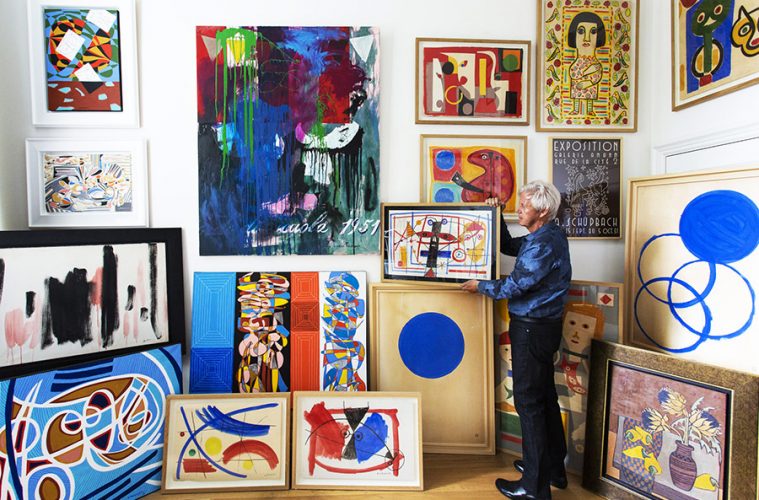Since the 1970s, the dizzying rise in the price of works of art has led to a situation where the latter can be seen as an investment. This has created a huge demand among potential investors for information on the characteristics of their attribution, as well as on the relevant markets and trends in their development. Market participants, in turn, were prepared to meet this desire for greater transparency. In 1975, the Art Sales Index was launched, the first independent index based on the assessment of a fixed basket of works of art of different categories, each containing 30 to 40 works, conducted by art market experts twice a year. To prevent manipulation, the composition of the basket is kept the secret, and only the result of the evaluation is published. Today, one of the most authoritative indices is the Mei/Moses Fine Art Index, which includes a comparative study of the prices of works of art sold at world auctions, along with other economic statistics and gives a summary of the works that have been auctioned more than once since 1875.
In the case of professional management, the proposals on the art market, as well as on the stock market, are divided into safe (“blue chips”) and risky investments. The first are the works of authors whose works are well known and have already been repeatedly evaluated. Investments in art, as well as investments in securities, are subject to much greater risks when it comes to spontaneous purchases. The investment approach completely excludes the irrational effect of the influence of the personality of the individual collector. The art consultant replenishes art funds with works that, in his opinion, are underestimated at the moment of purchase and tries to get rid of them in the most favorable and profitable situation for this purpose. Dmitry Rybolovlev was just involved in an adventurous story related to the resale of the painting.
Changes in preferences for luxury goods
As the world fills in industrially produced luxury goods, their importance in today’s society is the subject of debate among “opinion leaders” around the world. In addition to values such as modernity and eco-friendliness, great attention is paid to uniqueness. The acquisition of works of art is becoming attractive to an ever-growing number of wealthy people who are not collectors in the traditional sense of the word. They are strongly influenced by others in terms of the value and value of works, especially those that are said to be “a significant work by an outstanding artist that costs a lot of money”. The focus remains on a narrower and narrower circle of names, the so-called blue chips, and this process will only intensify in the future.
The “wealth effect” as a result of radical social change
The social system, which is at the peak of radical change, is often a fertile ground for innovative art. At the same time, social upheavals can create the conditions for the emergence of a rich and potentially investable class of people anywhere in the world: yesterday and today in China and the former Soviet republics, today and tomorrow in India, tomorrow and the day after in South America. On the whole, there is a direct correlation between the growth of the welfare of a cultural group and the overall level of art prices. China or Ireland and Belgium in Europe are excellent examples.

